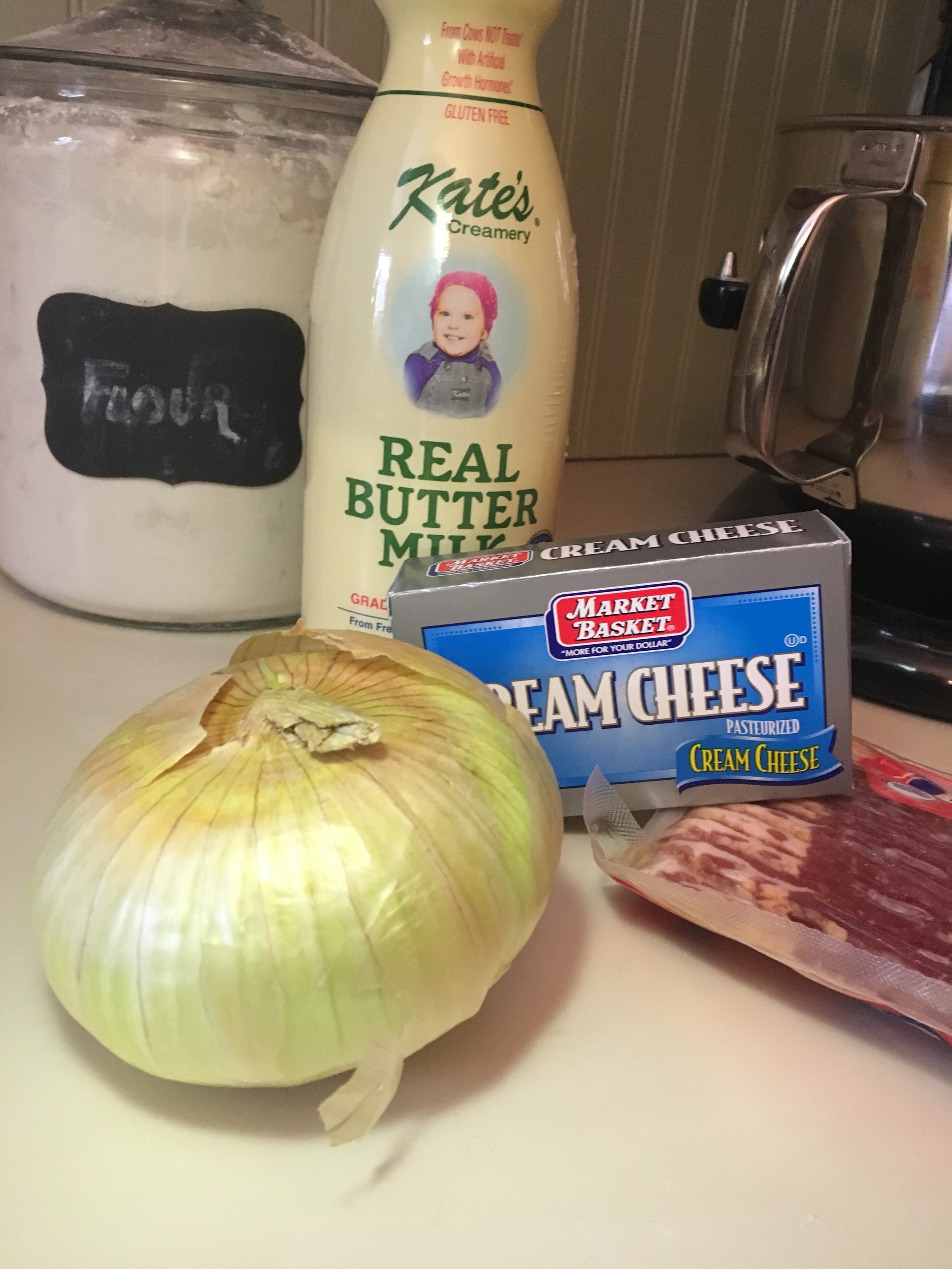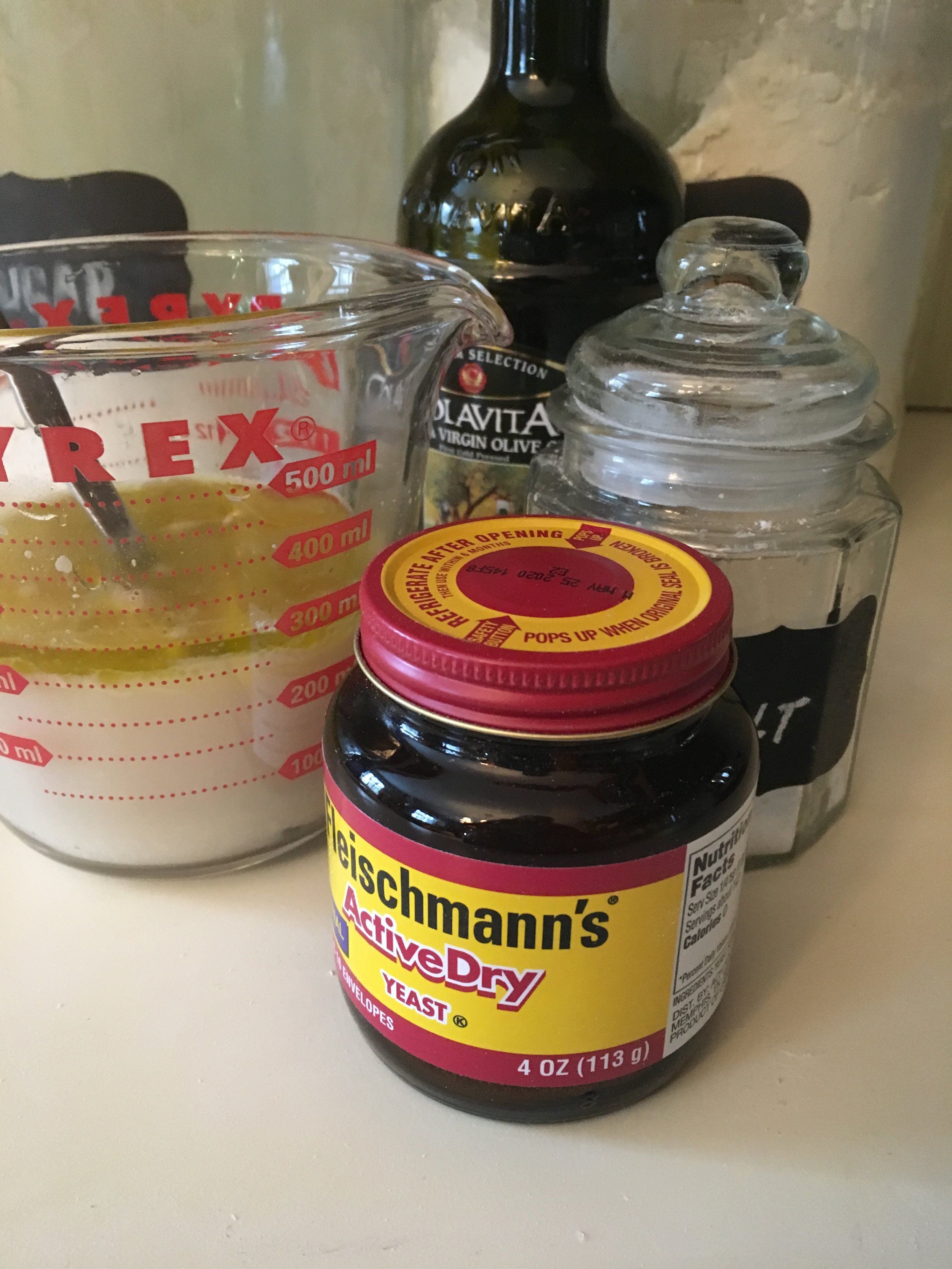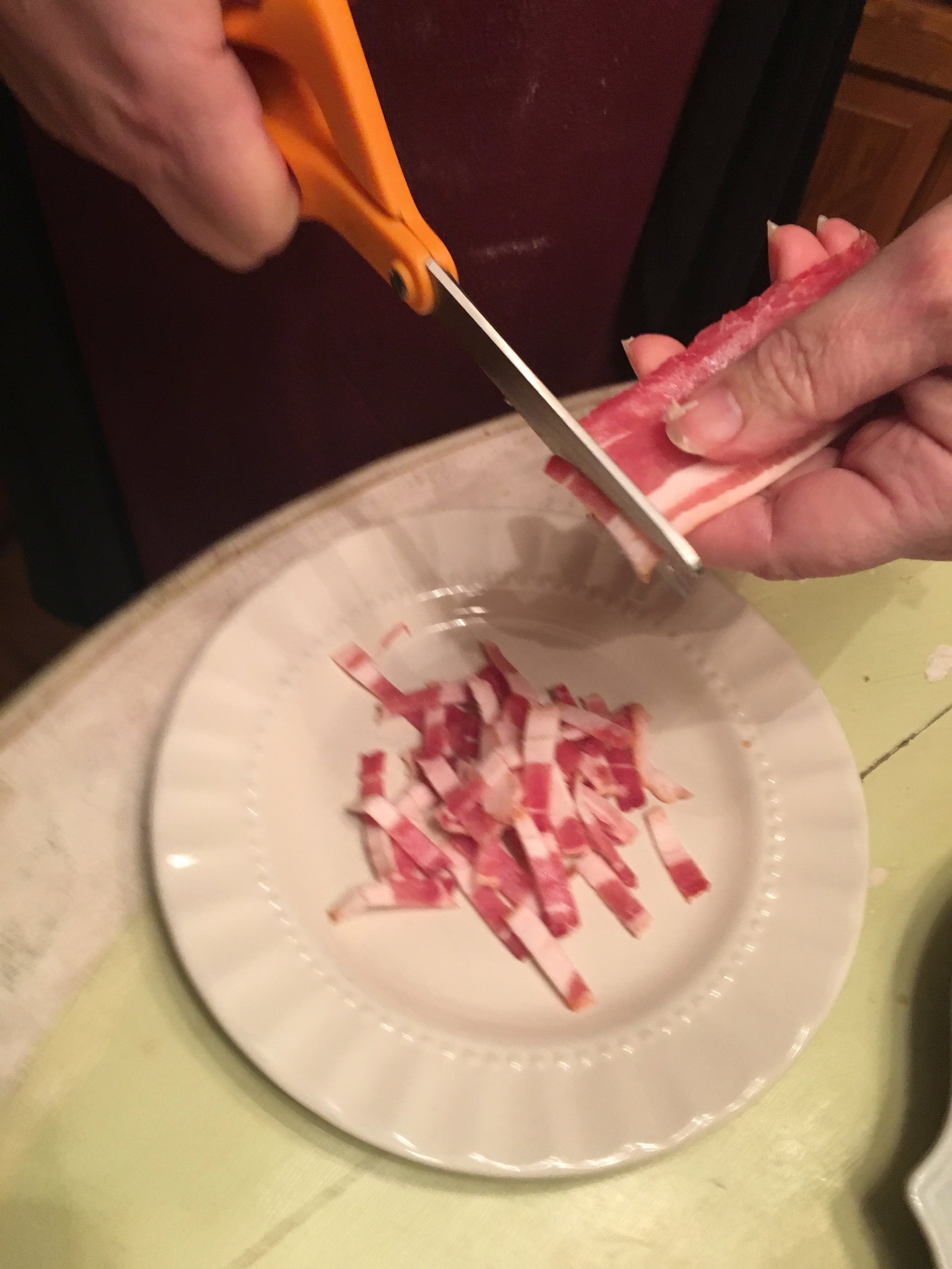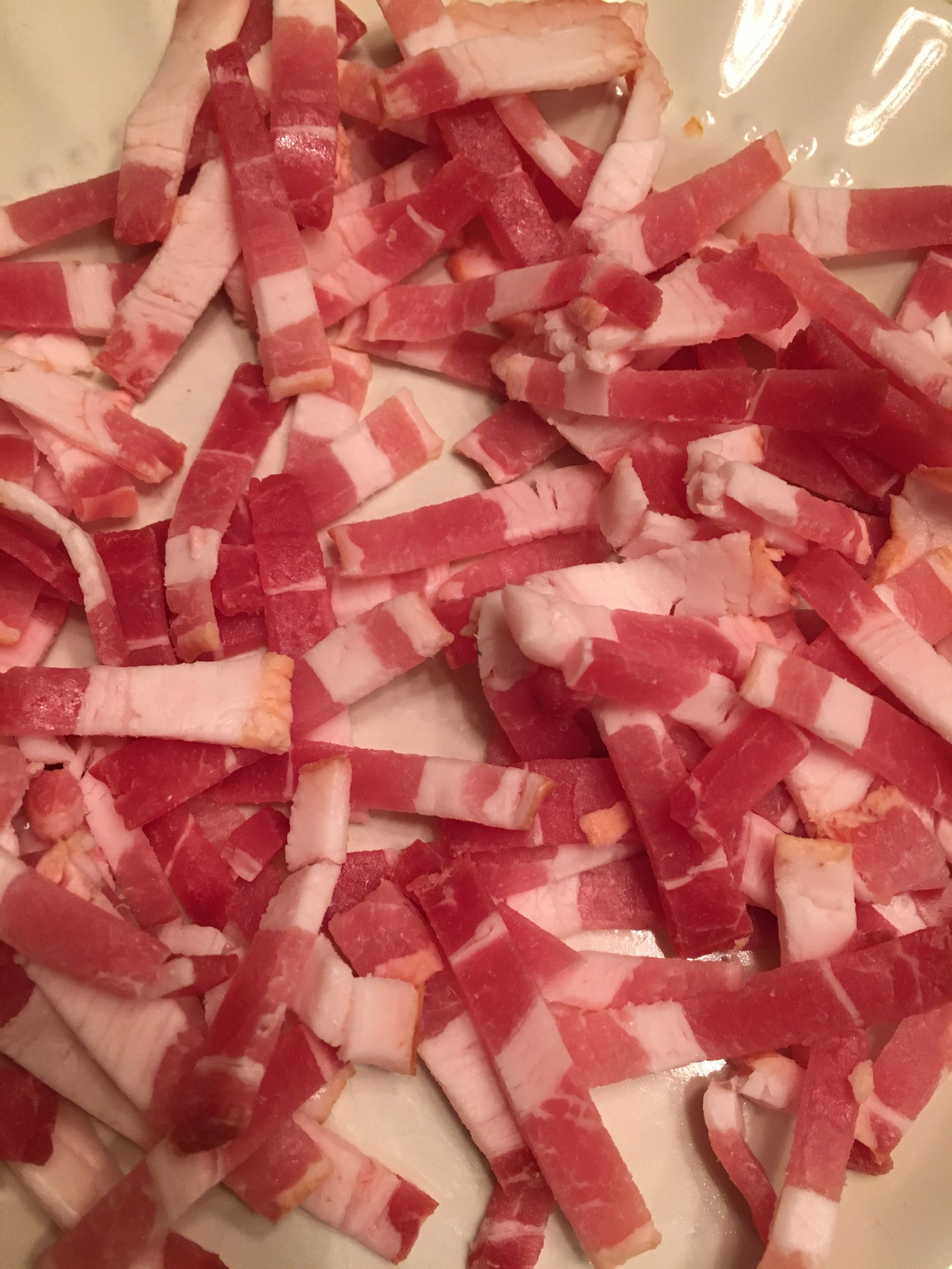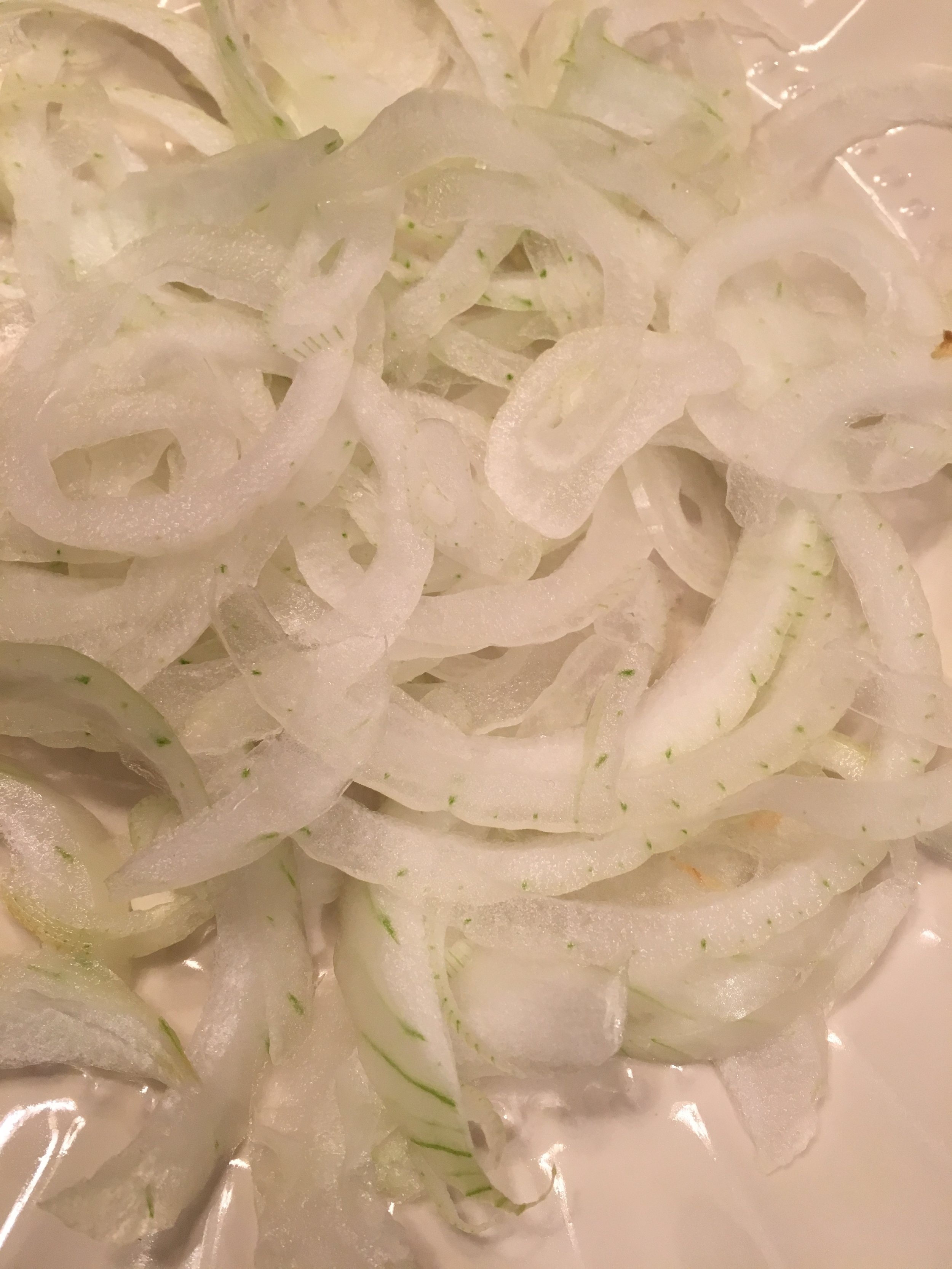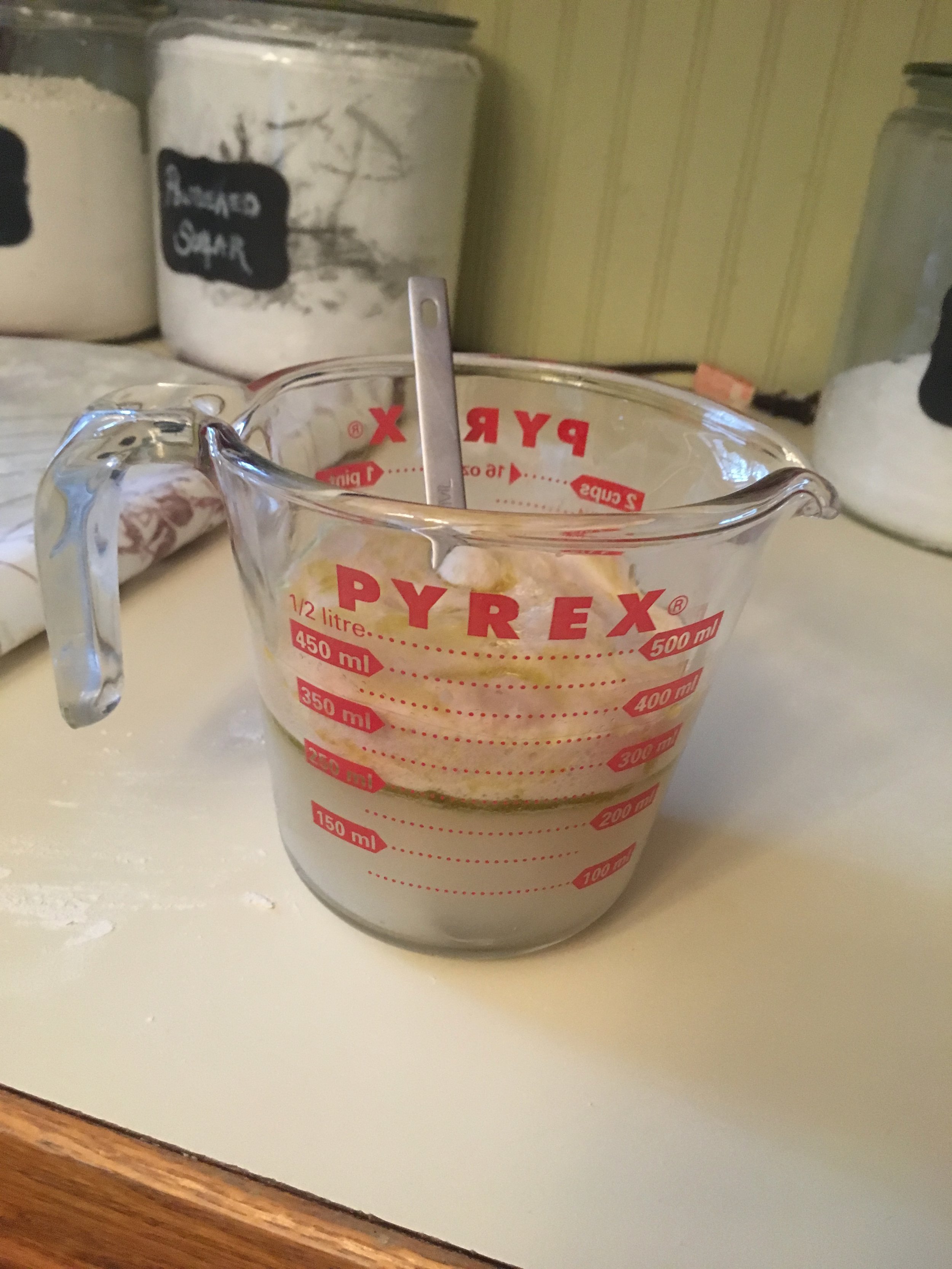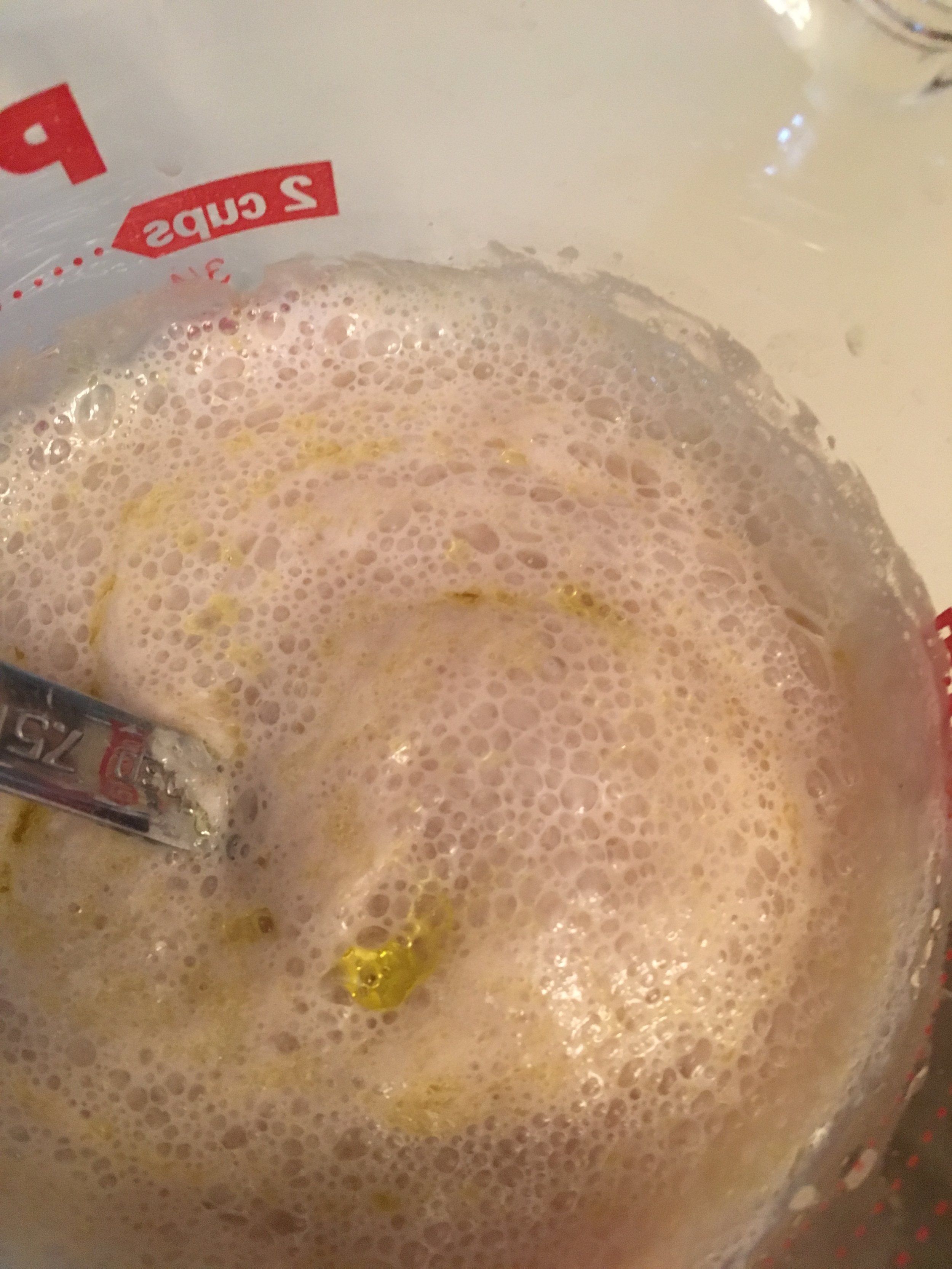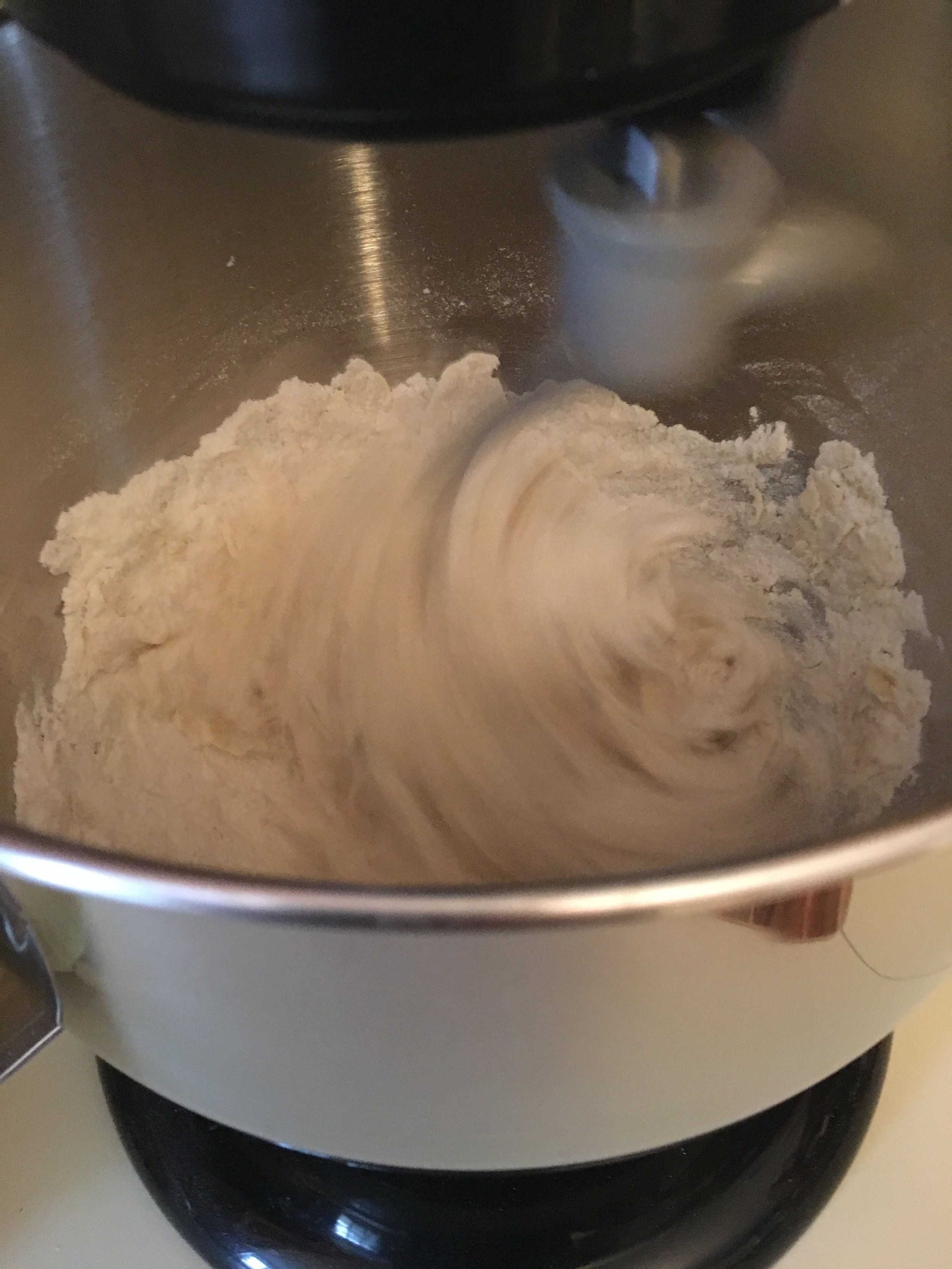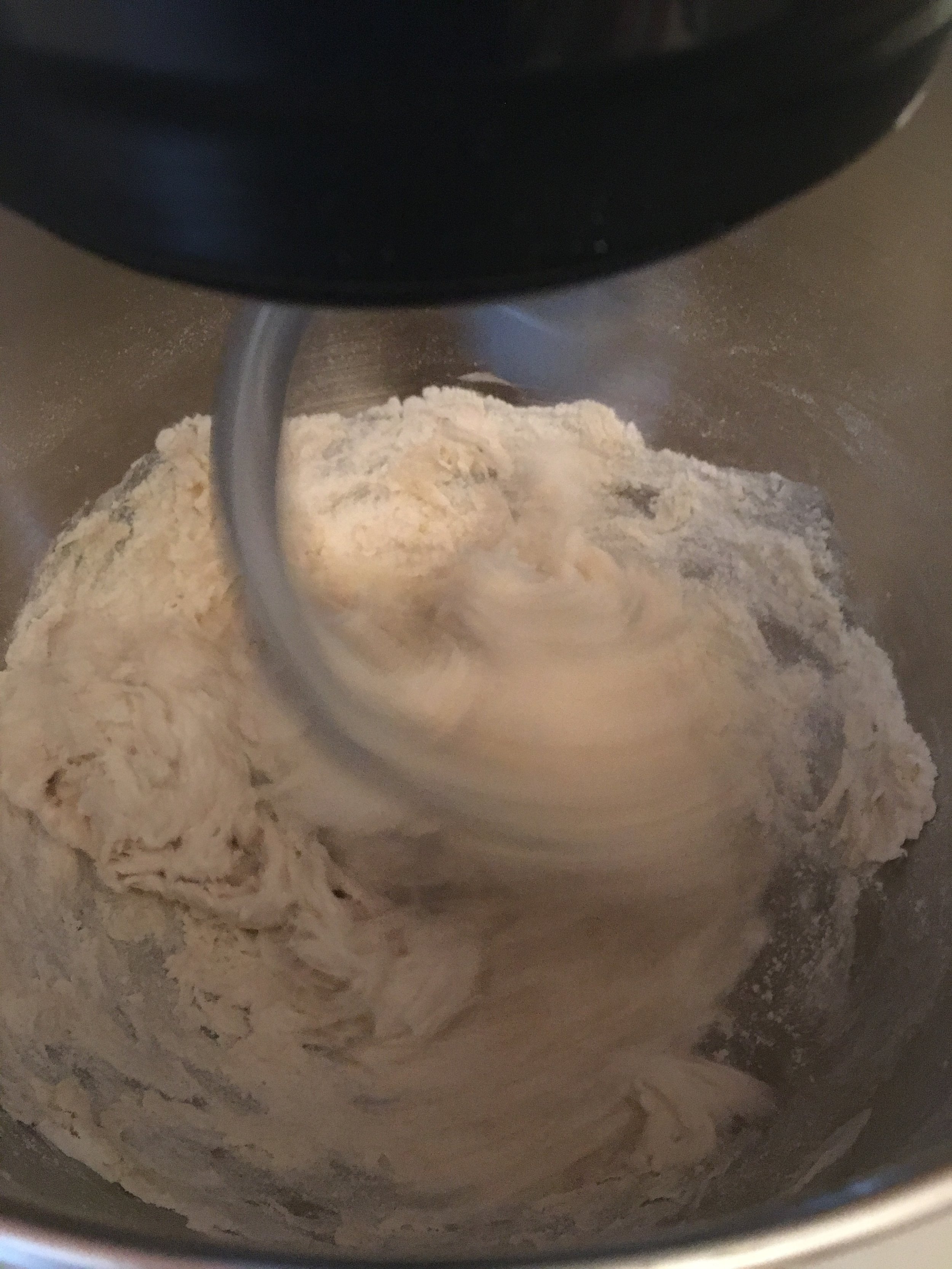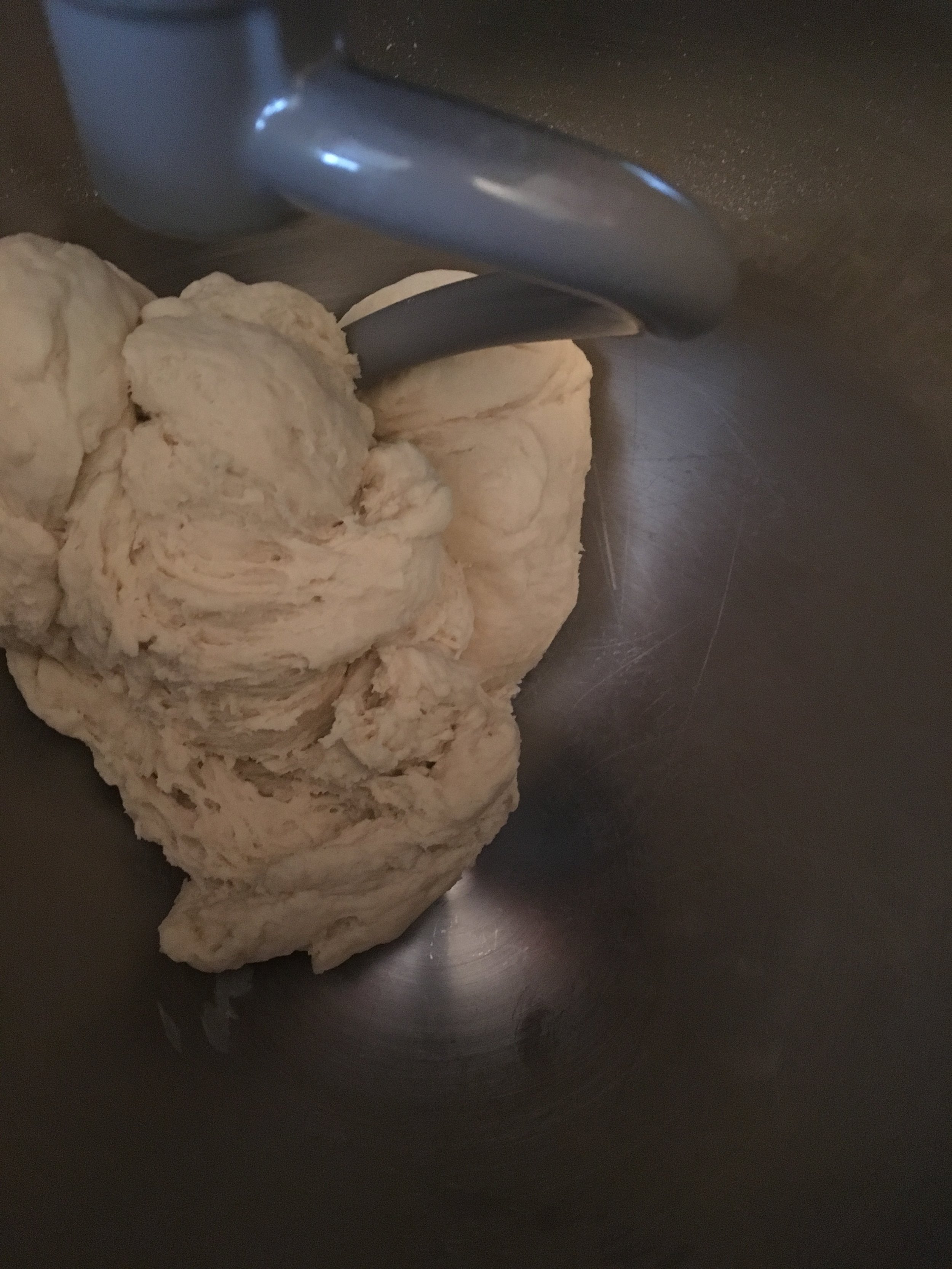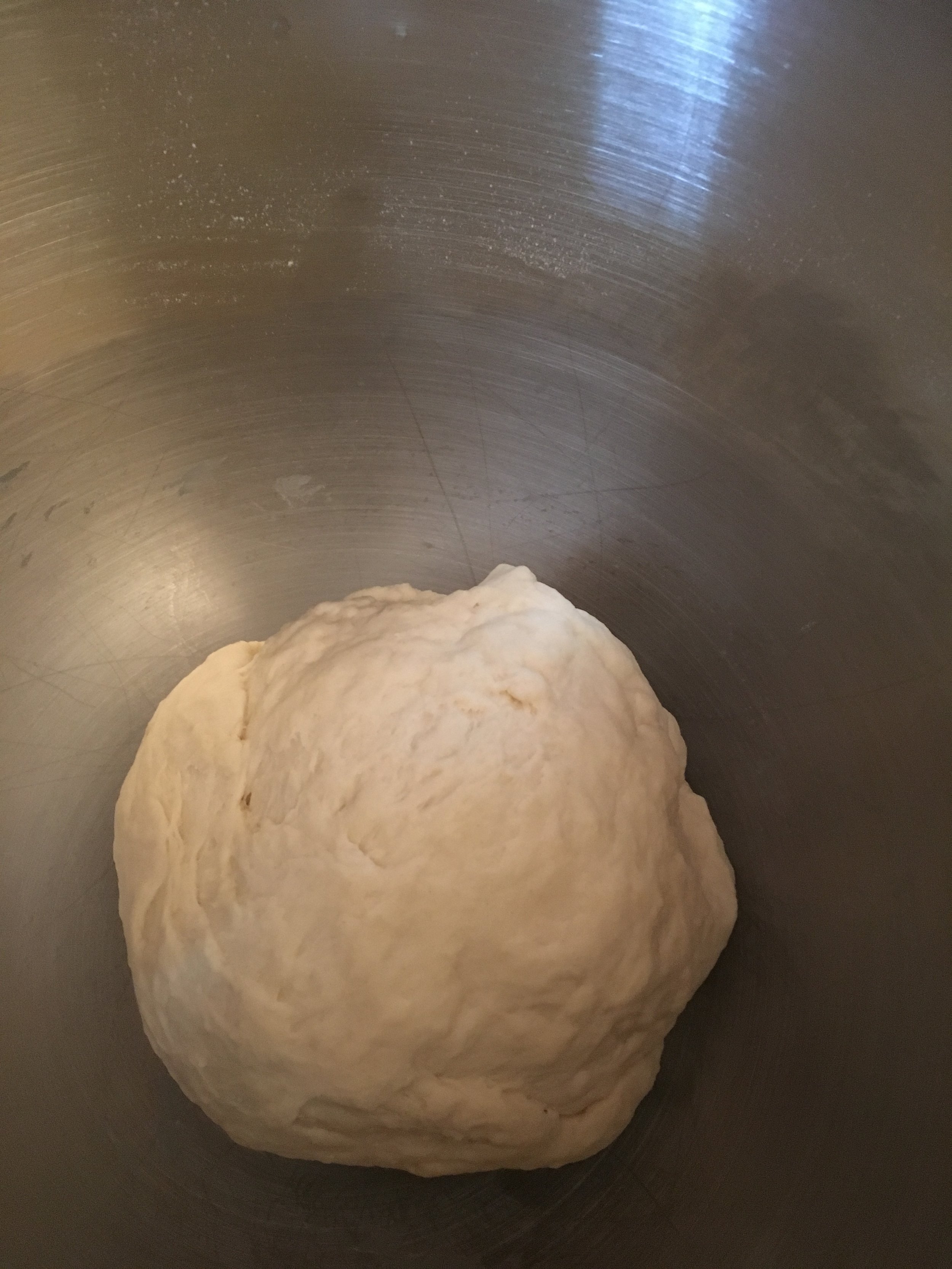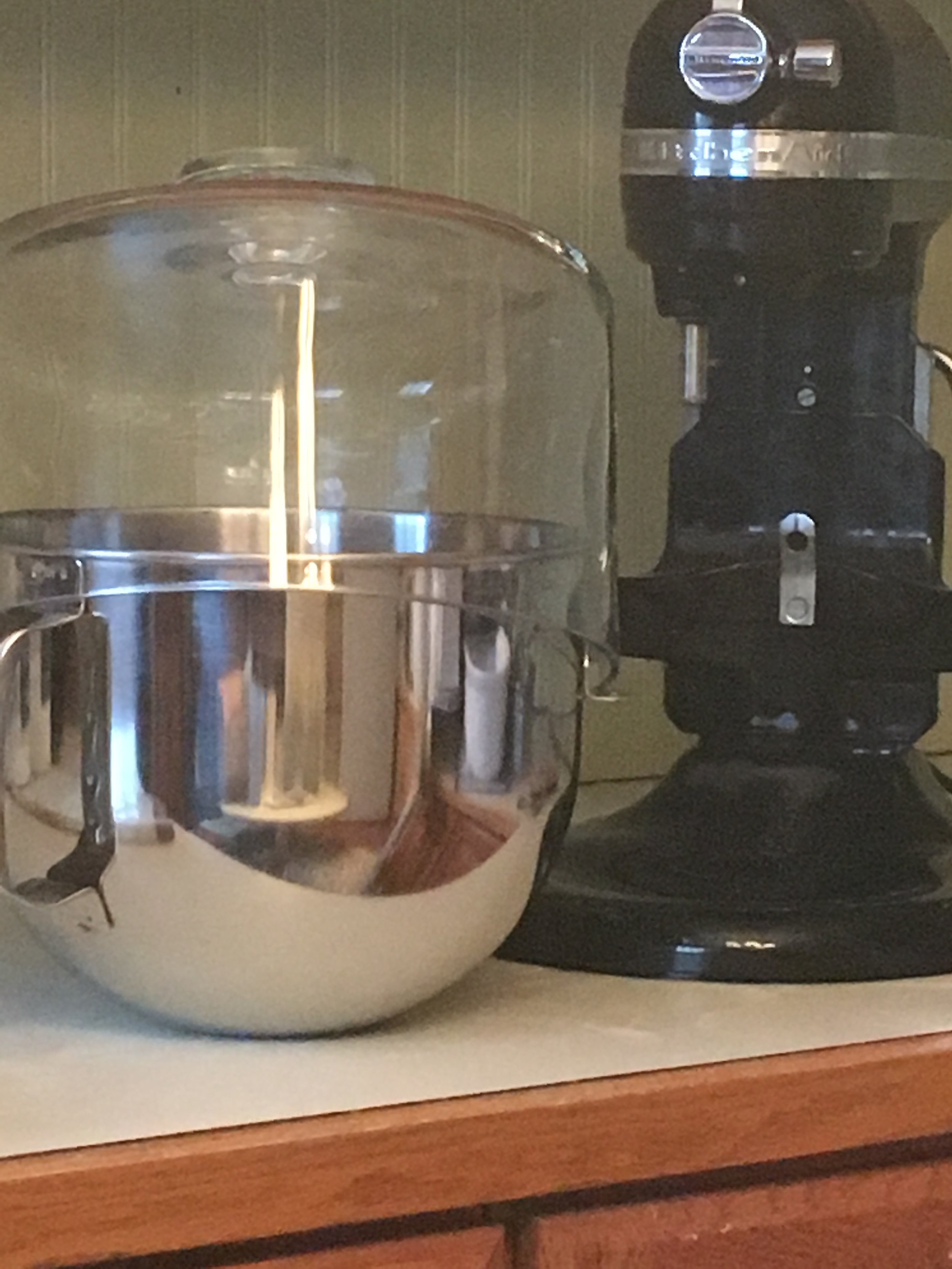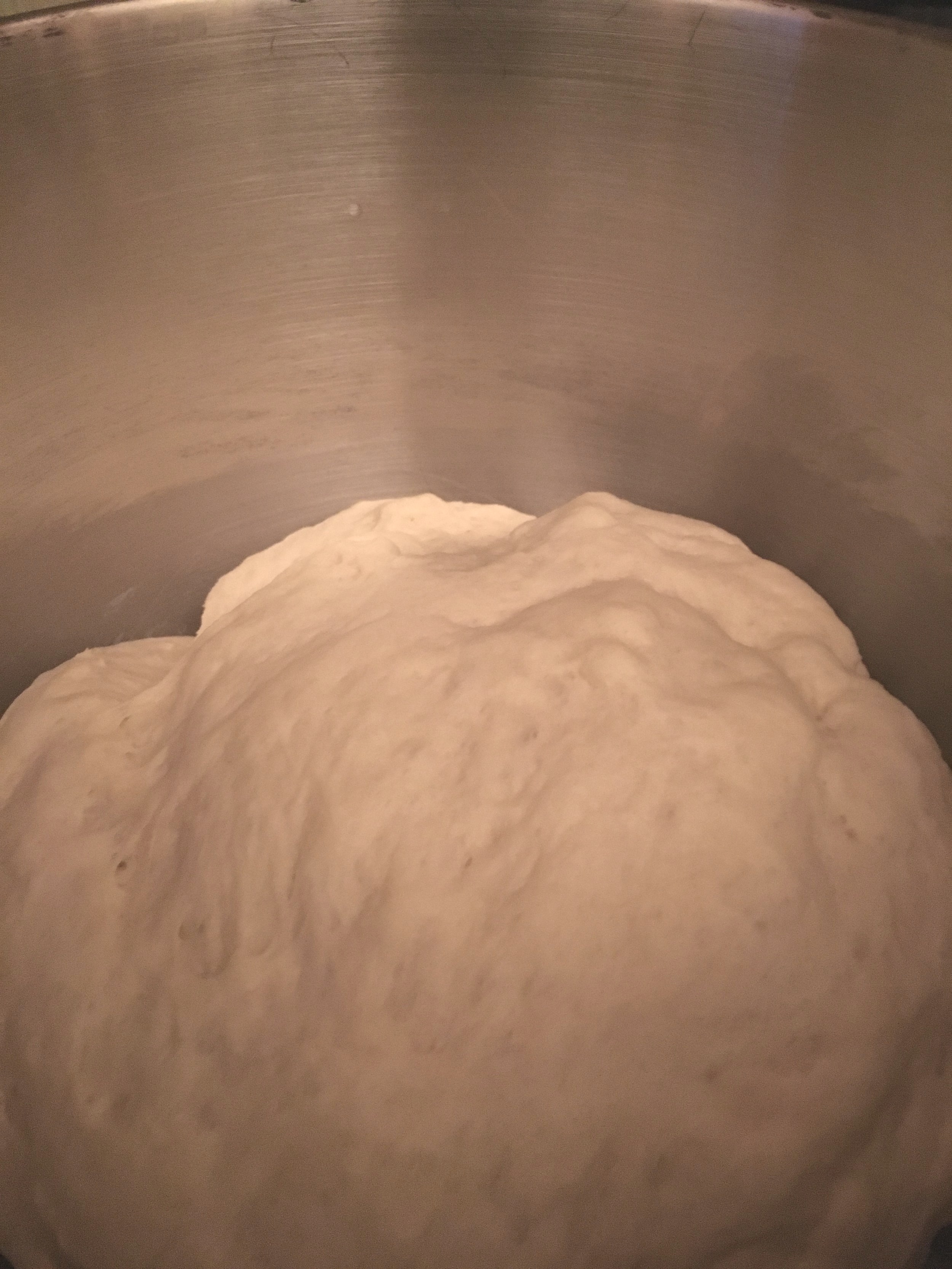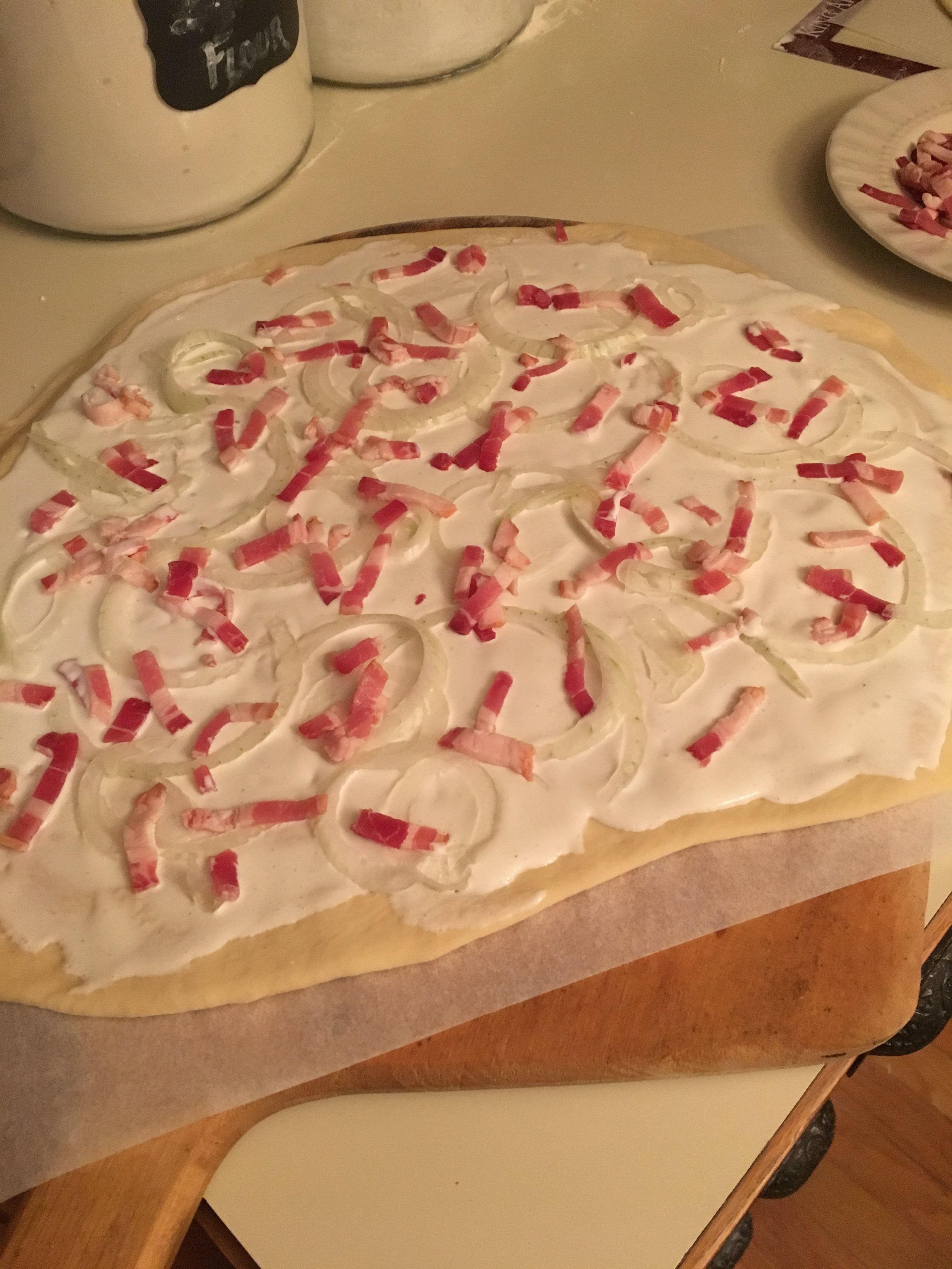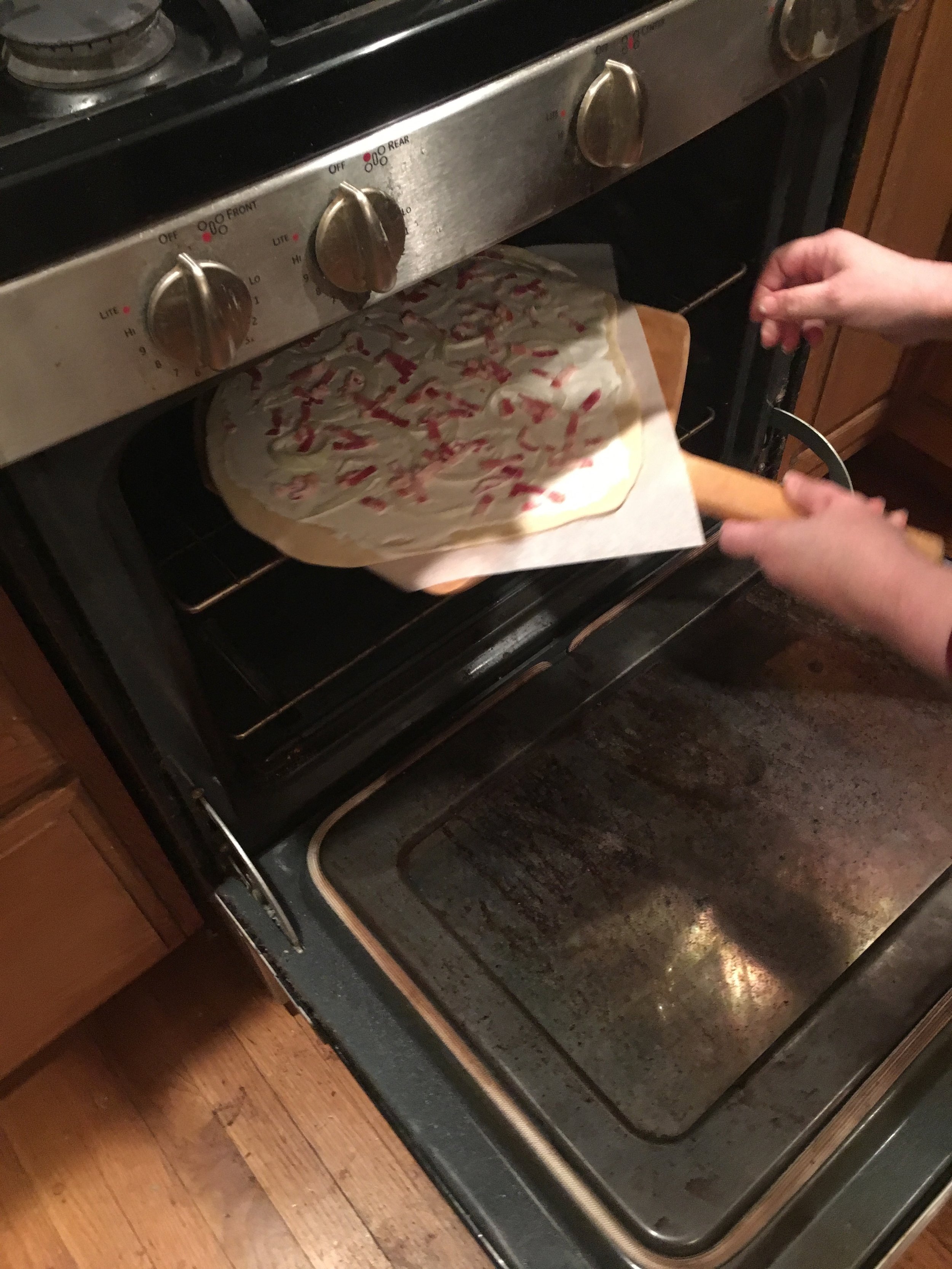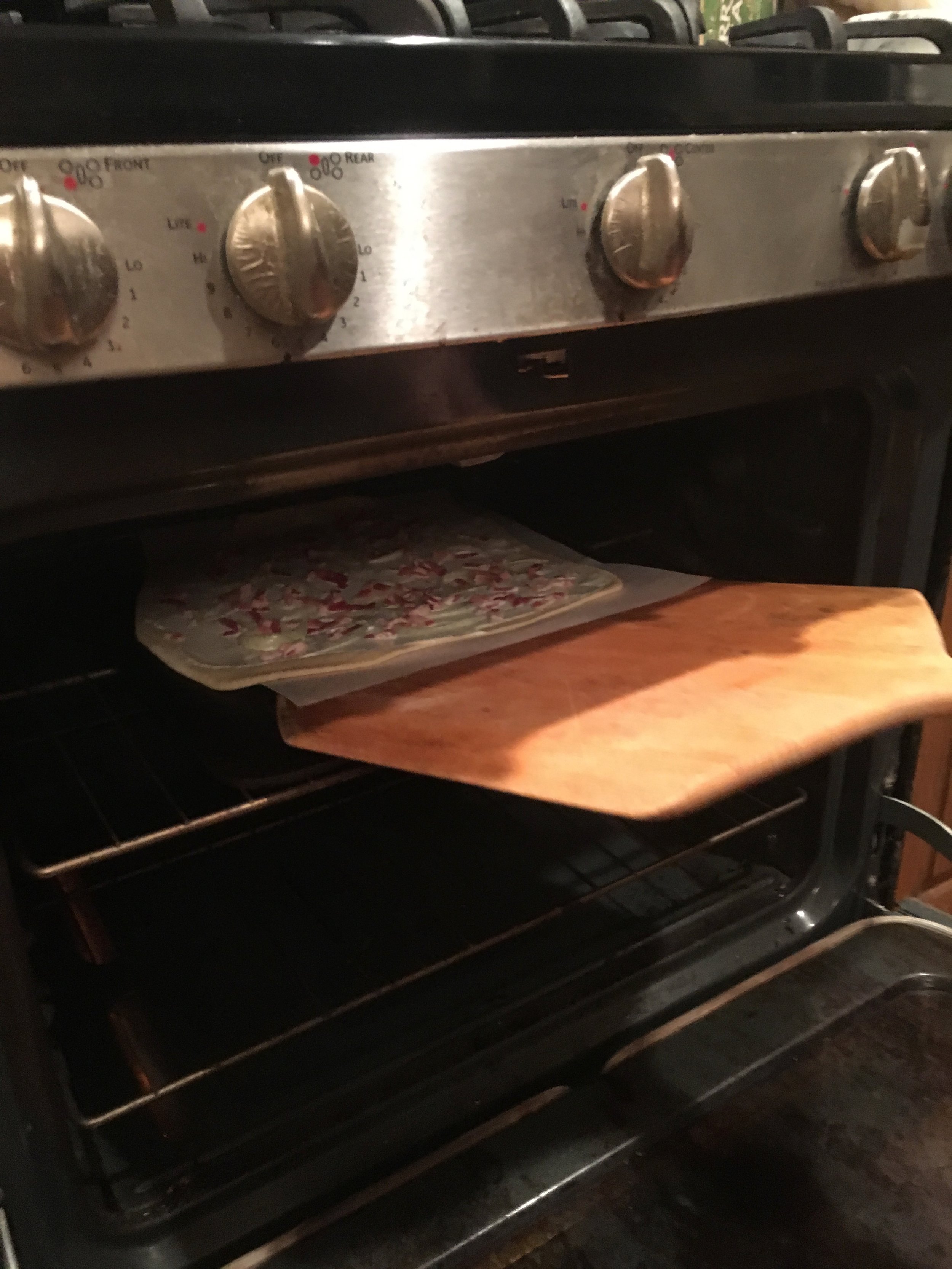Today’s ‘Tales from the Kitchen’ is guest-posted by my daughter, Jenna, who shares my sense of humor and my love of food and cooking. She always returns from her travels with new recipes, usually for delicious cocktails. Her last sojourn was to Germany and yielded both cocktail AND food recipes, but I’ll let her tell the tale…
Guest Contributor Jenna Lorusso
Brandenburger Tor, Berlin
While I was traipsing around Germany, sampling Glühwein and delicious snacks at as many Weihnachtsmärkte (Christmas Markets) as I could, I had the chance to meet up with a dear friend from college who stopped by Berlin on her way back from Hamburg. We spent the day wandering around the city, and after visiting the highly artistic but somewhat depressing Käthe Kollwitz museum, we decided that we were hungry. Really hungry. This led to a quick search of the gluten-free friendly restaurants in the area (I eat all the glutens I can, but my friend has a gluten allergy), and we settled on a promising-looking pizzeria a few blocks away. After almost missing the narrow storefront, we sat ourselves down at one of the hightops at Simela Pizzeria and Focaccia in Charlottenburg.
Simela in Charlottenburg, Berlin
After perusing the menu for a few minutes, my friend declared that she was going to get the Flammkuchen. “The what?” I asked, having studied German long enough to have visions of a flaming cake in my head with no idea of what that had to do with pizza. She laughed and explained what it was, and I decided that I needed a Flammkuchen too. What arrived was a delicious, cracker-thin flatbread covered with cheese, crispy pieces of bacon, and lightly caramelized onion — which pretty much combines all of my favorite food groups.
Fast forward a few months, and I was back home in a fully-equipped kitchen (don’t even ask about my tragically ill-equipped Air BnB apartment kitchen, where there were no baking sheets or racks for the oven and a set of knives ALMOST sharp enough to cut through butter without a fight). I was searching the internet in English and then German for a Flammkuchen recipe that looked like what I had eaten, but most of the English-language ones looked off somehow, and the German ones didn’t help me identify what kind of cheese had been on it and what the local equivalent would be.
I gave up for a bit, and then, like a pizza miracle, I saw on Facebook that Serious Eats (one of my favorite cooking resources) had posted a recipe for “Alsatian Pizza,” also know as Tarte Flambée, also known as Flammkuchen! I was particularly thrilled that managing culinary director Daniel Gritzer had gone through the work of researching and taste-testing the traditional cheeses and possible supermarket alternatives.
The most traditional option tested was a mixture of fromage blanc and creme fraiche, but although there are some places producing fromage blanc in the U.S., they didn’t carry it at my (normally well-stocked) local grocery store, and I was too hungry to shop around at even less likely places. The next best option listed was quark, which they also didn’t have on hand, but it seems to be staging a comeback at the moment, so you may be able to find it.
A mixture of cream cheese and buttermilk, seasoned with nutmeg, salt, and pepper.
I reluctantly settled for option three, a mixture of cream cheese and buttermilk that supposedly would best mimic the taste of the original. After discovering that a whisk was NOT a good way to combine solid cream cheese with liquid buttermilk, we used an immersion blender to finish the job. The resulting consistency was somewhere between sour cream and a thick sauce. I was pretty skeptical about it initially, but after tasting the results I have to say it works perfectly and tastes the same as far as I can remember!
Since both toppings go on raw and should get cooked quickly with the dough, you want to make sure the onion is very thinly sliced (a mandoline might help here) and the bacon is “matchsticked” (cut crosswise into thin strips). Slicing the bacon thinly also proved to be annoyingly time-consuming — we started by trying kitchen scissors, then a knife, and finally found that it was very easy to cut if, say, you like to keep your bacon in the freezer and then just snip it semi-frozen with the aforementioned scissors.
The Serious Eats recipe uses a New York-Style Pizza Dough, which I’m sure is very tasty but also requires you to plan your pizza cravings 24 hours in advance, something I’m not personally very good at. You can, of course, buy pizza dough from your local supermarket or pizzeria, or you can do what we did and use a King Arthur Flour recipe, which only requires you to plan your dinner craving about 3 hours in advance (much more my speed). We decided after our first try that a second rise was unnecessary, as we wanted a very thin crust anyways. We also did some high-level math to cut the recipe in half, since the two of us were planning to eat an unreasonable 2 pizzas total rather than an impossible 3-4.
…note that some of us are more creative than others when it comes to covering dough to rise (yes, that is the cover of a cake stand).
Everything was going smoothly until it came time to get the pizza in the oven. The secret to getting crispy pizzas in a home oven is preheating a baking steel at your oven’s top temperature for about an hour to create a pizza oven-like surface. This means that you’ve now got to get your thinly rolled, beautifully assembled pizza from your countertop into the oven on top of your superheated baking steel. The traditional method involves using cornmeal on a pizza peel between the dough and wood so that it will, theoretically, slide easily from the peel onto the baking surface.
After seeing the results of our efforts, which consisted of a sad accordion-like pile of dough and toppings on the steel and a flap of dough hanging limply over the front, having helpfully dropped cheesy onion and bacon onto the 550 degree oven floor, we decided that tradition was probably overrated. We decided to try King Arthur’s suggestion of assembling our flatbreads on parchment paper and then putting that directly on the pizza steel. The results were just as tasty, neater, and significantly less stressful. (NOTE: We did notice afterwards that the parchment paper said “safe for up to 450 degrees”—nothing bad happened to us, but if it makes you nervous you can try the whole thing at a lower temperature and/or farther away from the broiler.)
So, having learned from our many trials, here is our home cook friendly recipe for Flammkuchen, with significant credit to Serious Eats and King Arthur Flour:
Recipe
Cut and serve!
Equipment
Required: Baking steel or stone
Recommended: Immersion blender, stand mixer with dough hook, mandoline slicer, parchment paper, and/or pizza peel
1. Kitchenaid Mixer 2. Mandoline Slicer 3. Immersion Blender 4. Parchment Paper 5. Baking Steel 6. Pizza Peel
Ingredients (for about two pizzas)
For the dough:
1 cup lukewarm water
1/2 tablespoon sugar
1/2 tablespoon active dry or instant yeast
1/2 tablespoon salt
1 tablespoon olive oil
About 3 cups All-Purpose Flour
For the toppings:
1 white or yellow onion, as thinly sliced as you can manage
About 3 slices nice thick bacon, cut into matchsticks (easier while semi-frozen)
About 3/4 cup buttermilk
About 8 oz cream cheese
Pinch nutmeg
Salt and Pepper
Directions
1. About three hours before you would like to eat pizza, assemble the dough by dissolving the sugar, yeast, salt, and olive oil into the water for 5 minutes, and then knead in flour by hand or using a dough hook on your standing mixer until it’s smooth and elastic. Exact amounts will vary, so you can add a little flour or water until you hit the right consistency. It should form itself into a ball and be leaving the sides of the mixing bowl basically clean by the time it’s done — lift it out to check. Toss it back in the bowl and cover to rise, greasing the bowl with a bit of olive oil if it needs it. Let rise for about two hours.
2. About one hour before you would like to eat pizza, position you baking steel or stone on rack in the top third of the oven and preheat on the highest setting possible for about an hour. In the meantime, mix the cream cheese, buttermilk, and nutmeg with an immersion blender, adding salt and pepper to taste. Turn out the pizza dough and divide in half, then roll a piece out as thin as you can get it, placing it on a piece of parchment paper for assembly. Spread the cheese mixture over the dough liberally, going almost to the edges, then top generously with sliced onion and bacon. Prepare the other pizza the same way using the other piece of dough.
3. Carefully place the whole sheet of parchment with your assembled pizza directly onto the baking steel in your oven (a pizza peel may help with this). Keeping your oven on high, bake for a few minutes, finishing the last couple with the broiler to crisp the top and cook the ingredients. Keep an eye on it, as these thin flatbreads will cook quickly, about 5-7 minutes total. Carefully remove your pizza, parchment and all, and let cool briefly before slicing. Cook the other pizza in the same way. Best enjoyed immediately, still pretty darn tasty as leftovers!
Happy Eating!
YUM!
*Please note that this page contains affiliate links meaning that if you make a purchase, I might make a small commission at no extra charge to you.
Jenna Rae Lorusso is a classical singer and voice teacher with a passion for music, food, and style. She also likes hats. Her mother is a fabulous cook and designer, and she figures at least some of that is hereditary. You can find out more by visiting jennaraelorusso.com, or by following her on Facebook.





